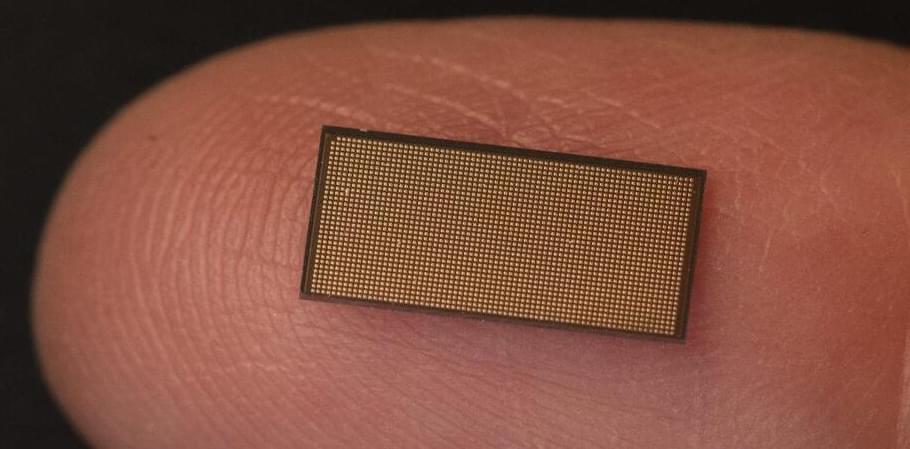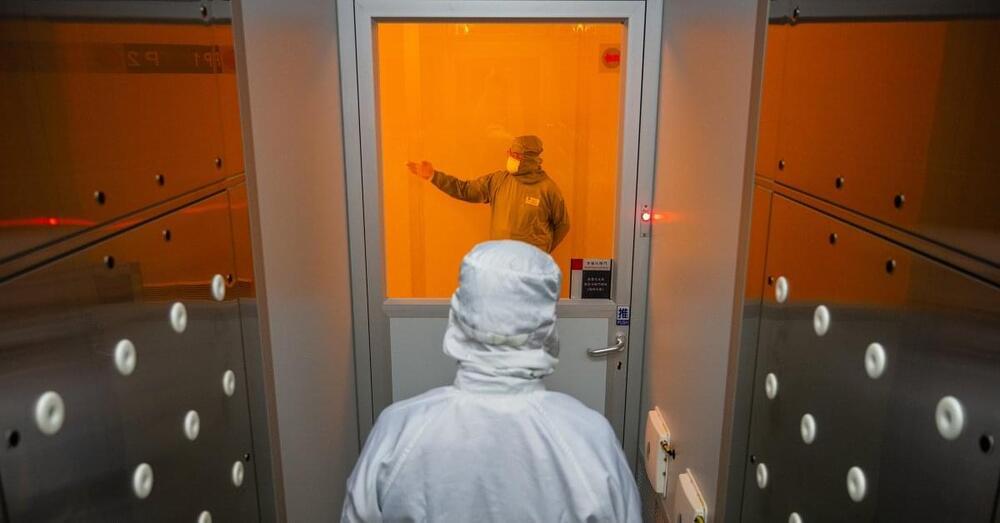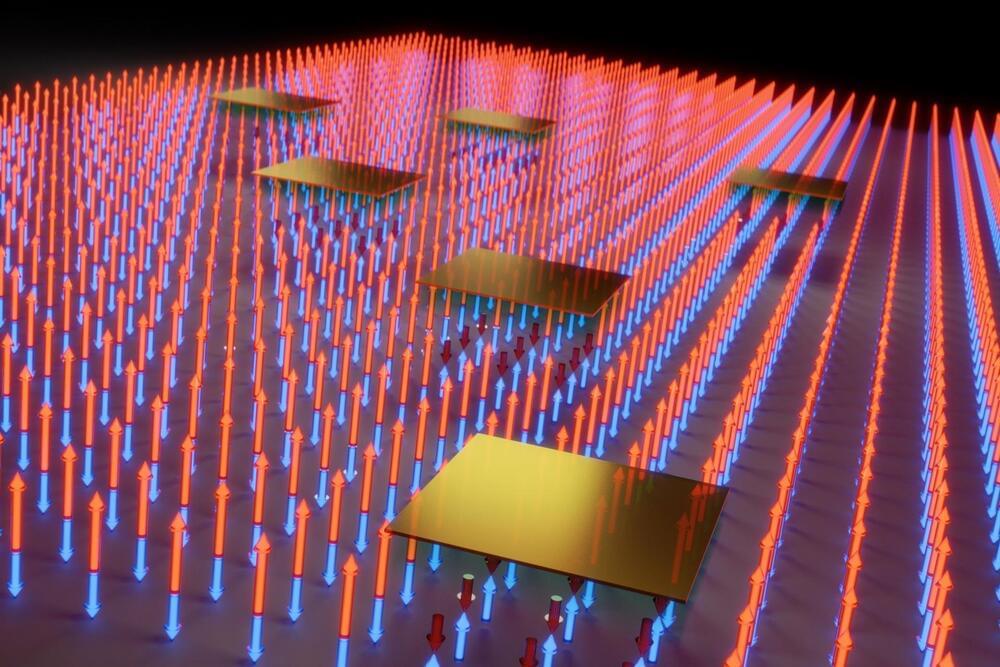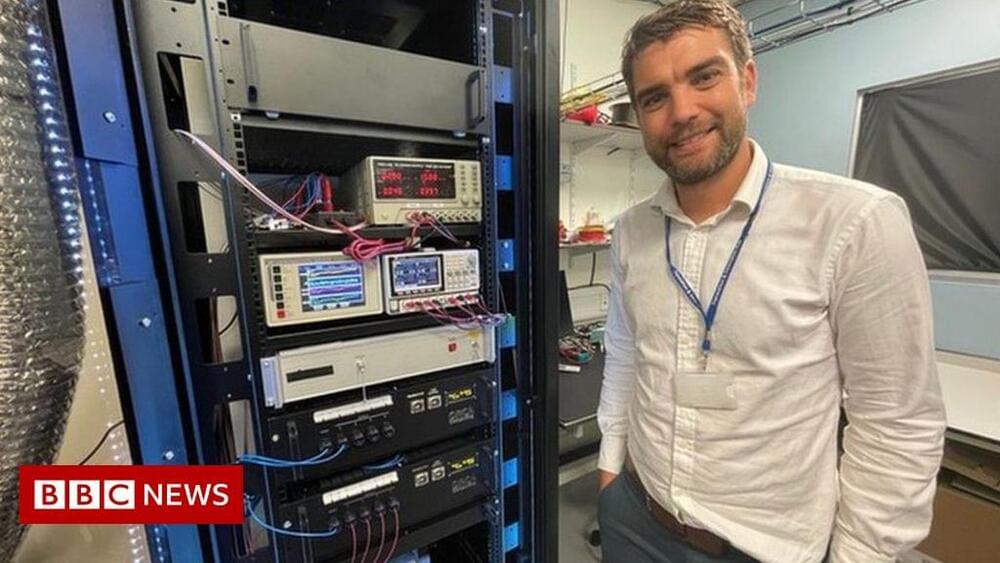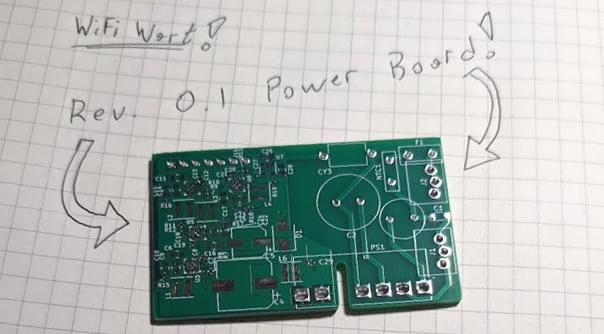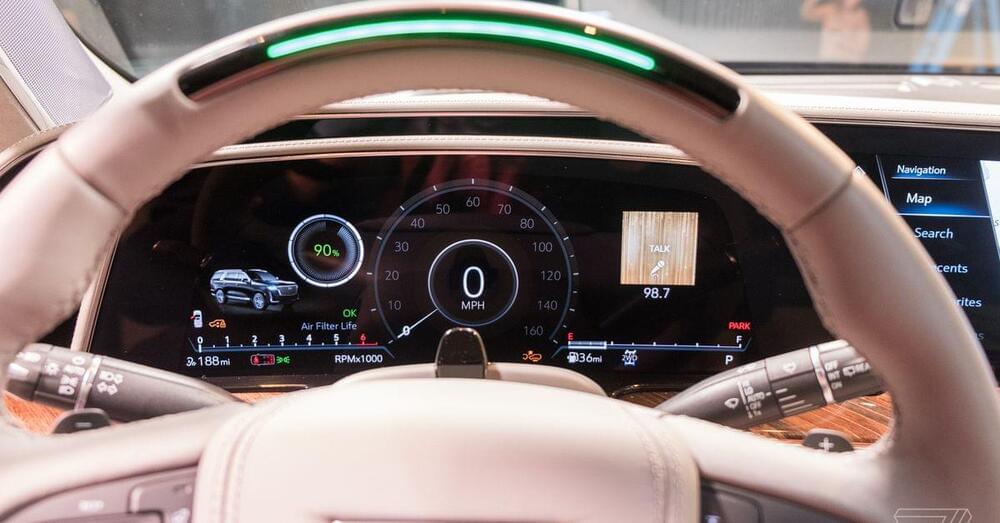Oct 2, 2021
Intel unveils second-generation neuromorphic computing chip
Posted by Gemechu Taye in category: computing
Intel today announced a major update to its neuromorphic computing program, including a second-generation chip called Loihi 2 and Lava, an open-source framework for developing “neuro-inspired” applications. The company is now offering two Loihi 2-based neuromorphic systems — Oheo Gulch and Kapoho Point. They will be available through a cloud service to members of the Intel Neuromorphic Research Community (INRC) and Lava via GitHub for free.
Full Story:
Intel unveiled the second generation of its neuromorphic chip and claims it will be able to solve planning and optimization problems.
Continue reading “Intel unveils second-generation neuromorphic computing chip” »
